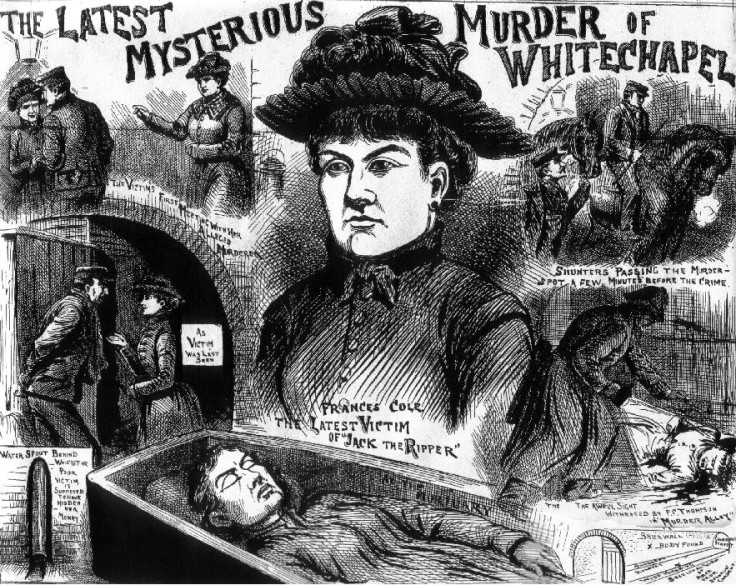Jack the Ripper Museum unveiled at site proposed for Museum of Women's History

The former head of diversity at Google in Europe is facing pointed criticism in London after he unveiled a new Jack the Ripper museum on Monday, 27 July, in a space originally slated for a Museum of Women's History.
"This will be the first women's museum in the UK," said the planning application of Mark Palmer-Edgecumbe, who was until recently head of diversity at Google in Europe, submitted to East London's Tower Hamlets council in July 2014.
"Our vision is to create a world class museum that celebrates the historic, current and future contribution of the women of the East End," the application said, alongside pictures of suffragettes, female trade unionists, and anti-racist marchers.
"We will do this through increasing public awareness, appreciation and understanding of the role of London's women in the social, political and cultural heritage of London," the application promises, calling itself a "modern values driven museum at the heart of the community".
"It would be funny if it wasn't so serious. I think it's hypocritical," said long-time east London resident Jemima Broadbridge after the real 'Jack the Ripper Museum' storefront with blood red font and skull and crossbones was revealed this week. It "appears that [Palmer-Edgecumbe] has tried to be economical with the truth. The Guardian profiled him as this Liberal and a politically correct person, and yet he has the audacity to think he can get away with this".
The owner of a local business near the new museum at 12 Cable Street said that his "beef is that we've been misled".
Broadbridge said that women's rights groups are now getting in touch with her on social media and may soon mount a protest outside the museum.
Beyond the "mysoginistic" character of serial killer Jack the Ripper, who targeted east-end women in a series of grisly murders in 1888, the residents in and around Spitalfields and Whitechapel are "sick" of the area's history being ignored. She also pointed out that none of the Ripper's victims were killed on Cable Street, but in Spitalfields.
"People have struggled to move the east-end on from the history of Jack the Ripper," she said and welcomed the idea of a museum that focused on events like the Irish and Jewish pushback against fascist Oswald Mosley's Nazi-supporting blackshirts or how women who worked in a match stick factory formed the first trade union to strike for better wages in 1888.
Palmer-Edgecumbe did not return a request for comment to IBTimes UK, but told the Evening Standard "as the project developed we decided a more interesting angle was from the perspective of the victims of Jack the Ripper".
A spokesperson for Tower Hamlets council said they are "aware of the Jack the Ripper imagery" and that the council is "investigating the extent to which unauthorised works may have been carried out at the premises".
But they said there isn't much the council can do with respect to the content. "Ultimately ... the council has no control in planning terms of the nature of the museum," they said, even though "the council was advised at that time that the premises were intended to be used as a Women's Museum".
Broadbridge said she believes the "it's purely cynical motives" driving the project.
© Copyright IBTimes 2025. All rights reserved.




















